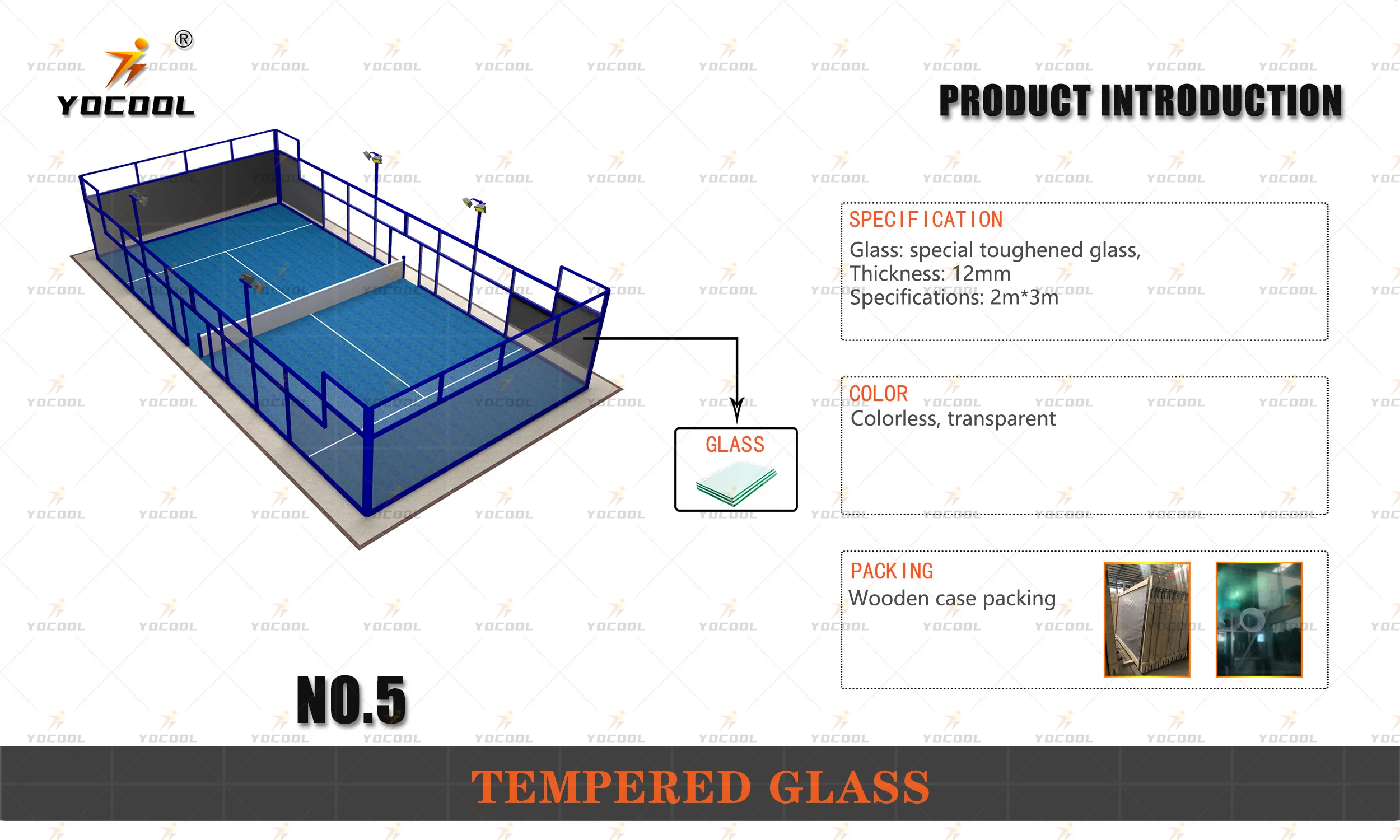

The Evolution and Structure of Padel Court Manufacturing
Padel, a racquet sport that combines elements of tennis and squash, has gained remarkable popularity across the globe in recent years. As communities recognize the benefits of this engaging and social activity, the demand for high-quality padel courts has surged. This boom highlights the significance of padel court structure factories, which play a critical role in the production and development of these facilities.
Understanding the Padel Court
A standard padel court measures 20 meters long and 10 meters wide, enclosed by glass walls and wire fencing. The playing surface typically consists of artificial grass, ensuring a consistent playing experience while also providing safety for players. Importantly, the dimensions and materials utilized in constructing these courts must adhere to the regulations set forth by the International Padel Federation (FIP).
Structural Components of Padel Courts
The basic structure of a padel court includes several key components
1. Walls The back walls, usually made of tempered glass, allow for visibility and interaction during play. The side walls often comprise a combination of glass and mesh, contributing to the aesthetic appeal while ensuring durability.
2. Flooring The court surface is typically covered with synthetic turf, chosen for its resilience and ability to provide sufficient grip for players’ movements. Underneath the grass, a shock-absorbing layer is critical in reducing impact on players’ joints.
3. Roof While many padel courts are open-air, some facilities incorporate a roofing structure, which allows for year-round play while protecting players from harsh weather conditions.
4. Lighting Adequate lighting is essential for both recreational and competitive play. Factories offer specialized lighting solutions to ensure optimal visibility and enhance the overall playing experience.

The Manufacturing Process
The process of manufacturing a padel court involves several stages, reflecting the innovation and precision that have become the hallmarks of modern construction. Key steps include
1. Design and Planning Before production begins, detailed plans are created to determine the specifications required for the court. This includes assessments of space, lighting, and additional features that may be needed.
2. Material Selection Factories source high-quality materials to ensure durability and performance. This includes robust glass for the walls, high-grade artificial turf, and premium lighting systems.
3. Construction Once materials are selected, the construction phase begins. Factories typically employ skilled workers to assemble the components efficiently. This step may also involve collaborating with local contractors to ensure the court meets specific regulatory standards.
4. Installation Following construction, the padel court is transported to its installation site. Expert teams work to install the court, ensuring that it is correctly aligned and secure.
5. Quality Control After installation, rigorous quality checks are conducted. This process is vital to ensure that the court meets both safety standards and performance criteria. Any adjustments are made to guarantee player safety and satisfaction.
Innovations in Padel Court Manufacturing
As the popularity of padel continues to rise, so does the need for innovation within the manufacturing industry. Factories are investing in new technologies, such as prefabrication methods and eco-friendly materials, to streamline the building process while minimizing environmental impact. Additionally, customization options allow facilities to tailor the design of their courts to fit specific branding or community needs.
Conclusion
The growth of the padel sport has catalyzed advancements in the manufacturing of padel courts, contributing to an increasingly vibrant recreational culture. As the demand continues to flourish, padel court structure factories will play a pivotal role in shaping the future of this dynamic sport. With a focus on quality, innovation, and player experience, these factories will ensure that padel remains accessible to all, promoting health, wellness, and community interaction for years to come.
High-Quality Padel Court Solutions for Clubs & Homes
Premium Paddle Tennis Rackets for All Paddle Court Types
High-Quality Padel Court Solutions for Sports Facilities & Clubs
Premium Padel Courts: Custom Designs & Panoramic Views
Premium Paddle Racquet | High-Control Lightweight Design
NO.2 Panoramic Padel Orange Racket - Superior Grip & Durability